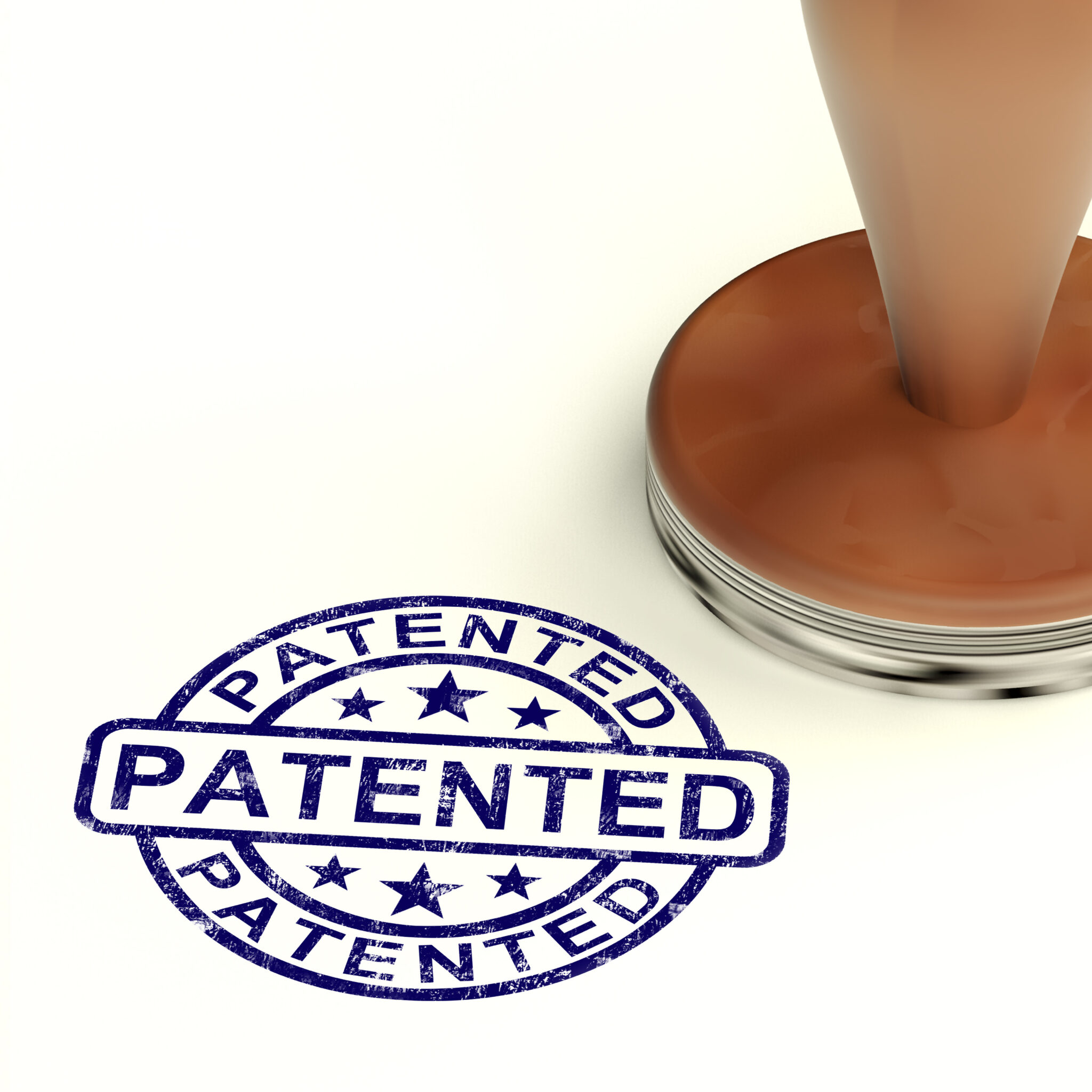Now that the discussions on New Genomic Techniques (NGTs) and patenting are heating up, I keep coming back to the same thought: patenting is not a bad thing. It has numerous benefits in all sectors, including the plant breeding and seed sector. Unfortunately, the discussion is filled with mis- and disinformation generated by certain actors making statements that do not hold up to the facts. For people familiar with the matter, it is easy to debunk all the misrepresentations. For those who are not familiar with the seed sector, however, it becomes more difficult to distinguish fact from fiction.
Needed: A Balanced IP system
We know that biotechnological innovations (including gene editing), have been and will continue to play a crucial role in ensuring and increasing the productivity of agriculture. With these innovations, scientists can make very specific changes in a plant in order to develop new varieties with targeted desirable characteristics. This makes them one of the most powerful tools to combat climate change. To ensure a continuous stream of innovation, however, we need a balanced IP system that is based on high-quality plant breeders’ rights (PBR) for varieties and patents for plant biotechnology inventions. These protections provide the incentive to all breeders and inventors (public & private sector) to continue to innovate.
Breeders’ Exemption
To ensure that patent-protected plants can be used in breeding programs for the development of new varieties, a limited breeders’ exemption has been introduced in the patent law of several European countries and in the Unitary Patent System. This allows patented traits and biological material to be used for further variety development. However, in the same way as for essentially derived varieties in PBR regulations, a license is required in case the patented element is present in new commercial varieties.
Intellectual Property & Regulatory Frameworks have Distinct Objectives
Beware: IP protection issues should not be confused with issues related to the regulatory approval of products. These are two distinct legal frameworks and the conditions laid down by one and the other have been chosen by the legislature to respond to these specific objectives. In the plant biotech sector, the objective of a regulatory framework is to protect human and animal health and the environment, whereas the IP legal system is designed to stimulate innovation in all fields of technology. Whether a product falls under the regulatory framework for biotechnology or not has no bearing on the ability of such a product to be protected by an IP right. It is perfectly possible that a method or a product meets the criteria for patentability but may not be regulated as a GMO. Likewise, a product or method may be regulated as a GMO but not meet the patentability criteria.
Ensuring a Balanced System with High-Quality Patents
It is important to ensure that only high-quality patents are granted. For plant-related innovations, this is ensured at patenting through the rigorous examination of each patentability criterion (novelty, inventive step, sufficiency of disclosure, clarity), as outlined in the European Patent Office (EPO)’s patent examination guidelines for plant material. The implementation, continuous improvement and examination of plant patenting has been made possible through regular, fruitful exchanges with the staff of the EPO, as well as cooperation between the EPO and the Community Plant Variety Office (CPVO).
Patents also guarantee transparency about innovations. Public and private sector researchers, large and small, all benefit from the exchange of information enabled through this transparency. We would not be able to generate this much exchange if innovations were to remain trade secrets within the organization that developed them.
Enabling Access to Patented Traits
There are several platforms that help plant breeders access patents. Anyone discussing patents in the plant breeding and seed sector should be fully aware of and promote these platforms.
- Agricultural Crop Licensing Platform (ACLP). Members of this platform commit to granting licenses to their commercially patented traits to other members. By licensing on fair conditions, the platform facilitates access to germplasm. It is open to all private or public sector organizations. https://aclp.eu/
- International Licensing Platform Vegetable (ILP). This platform ensures access on a global level to patents covering biological material for breeding of vegetables. https://www.ilp-vegetable.org/
- Euroseeds PINTO Database. This database makes the link between a commercial plant variety and a patent or patent application, and in that way generates the abovementioned transparency. https://euroseeds.eu/pinto-patent-information-and-transparency-on-line/
Back to the Grave?
If we were to go towards heavy regulation of NGTs and no patenting of NGT plants, as certain interest groups advocate, we would effectively kill all incentive to use new genomic techniques, and we’d be carrying NGTs to the grave, as we did with GMOs. Let’s not be fooled by the false narrative of some actors. If we are serious about the Green Deal and Farm to Fork objectives, we can’t do it without patents on NGTs.













